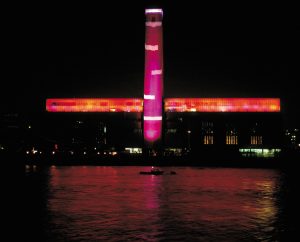
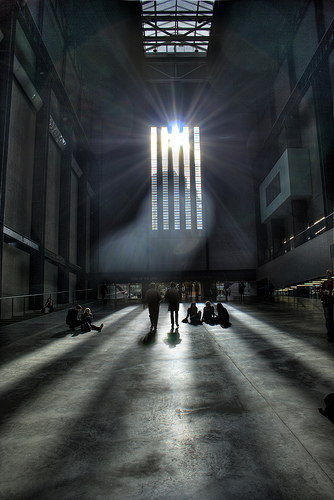

5 razões por que eu adoro :
1. A sala da turbina impressiona com qualquer instalação
2. A coleção permanente inclui obras dos principais pintores ocidentais do século XX
3. É grátis
4. O bar/restaurante localizado no sétimo andar oferece uma vista maravilhosa do rio Tâmisa e da Catedral St.Paul
5. O Steve participou do projeto de iluminação do prédio na festa de abertura da galeria em 2000
Dica de passeio:
No píer em frente à Tate Modern (Bankside pier), pegue este charmoso barco Tate-to-Tate – cujas bolinhas foram idealizadas pelo artista inglês Damien Hirst – e vá até a galeria Tate Britain apreciando os cartões postais de Londres a partir de uma nova perspectiva. O barco é super confortável e tem uma lanchonete.
O serviço interligando as duas galerias funciona das 10:00 às 17:00 horas, em intervalos de 40 minutos, e o trajeto é percorrido em 20 minutos. O bilhete pode ser adquirido na bilheteria da galeria ou no próprio barco por ₤5,00 (com travelcard ₤3,35).
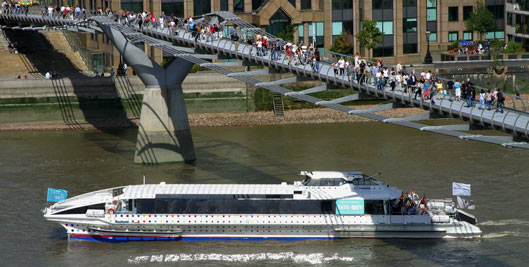
Tate Modern:
Bankside, Londres
Aberta de domingo à quinta-feira de 10:00 às 18:00
Sexta-feira e sábado de 10:00 às 22:00
Para ver outras dicas de Londres, visite nosso novo blogue, Londres para Principiantes.
Estação de metrô mais próxima: Southwark

 O
O 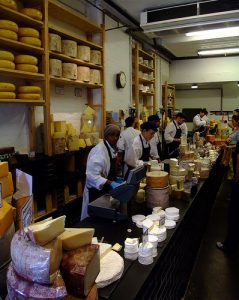 Qualquer supermercado vende bons queijos. Mas é muito mais interessante conhecer uma loja especializada na venda de queijo (Cheesemonger’s). A
Qualquer supermercado vende bons queijos. Mas é muito mais interessante conhecer uma loja especializada na venda de queijo (Cheesemonger’s). A 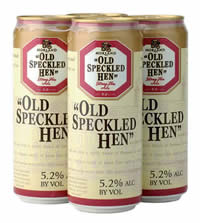

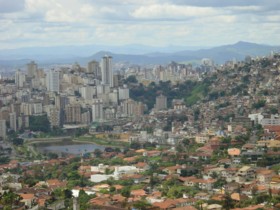
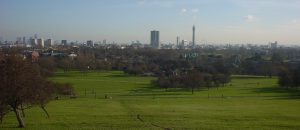
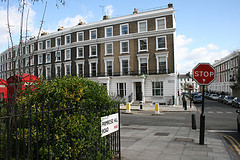

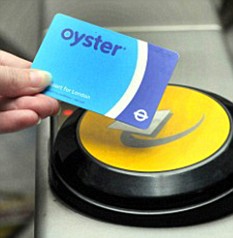 To navigate on the Tube is very easy. Each line is colour coded. On the map, the stations where you can change from one line to another are shown as a circle, the non-interchange stations are shown as a ‘tag’. The direction of travel is shown on the front of each train and on signs on each platform. Additionally, it is important to know your north, south, east and west despite the fact that the platforms are labelled as northbound, southbound, eastbound or westbound. To find your way round, you simple follow the colours of the lines/signs and have a general idea if you need to go north or south.
To navigate on the Tube is very easy. Each line is colour coded. On the map, the stations where you can change from one line to another are shown as a circle, the non-interchange stations are shown as a ‘tag’. The direction of travel is shown on the front of each train and on signs on each platform. Additionally, it is important to know your north, south, east and west despite the fact that the platforms are labelled as northbound, southbound, eastbound or westbound. To find your way round, you simple follow the colours of the lines/signs and have a general idea if you need to go north or south.